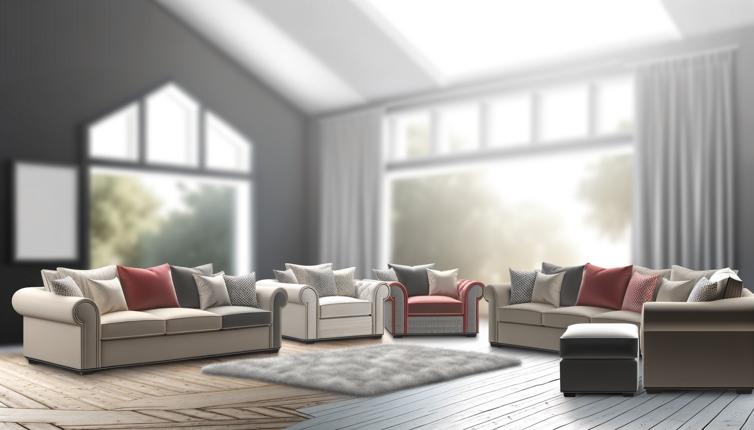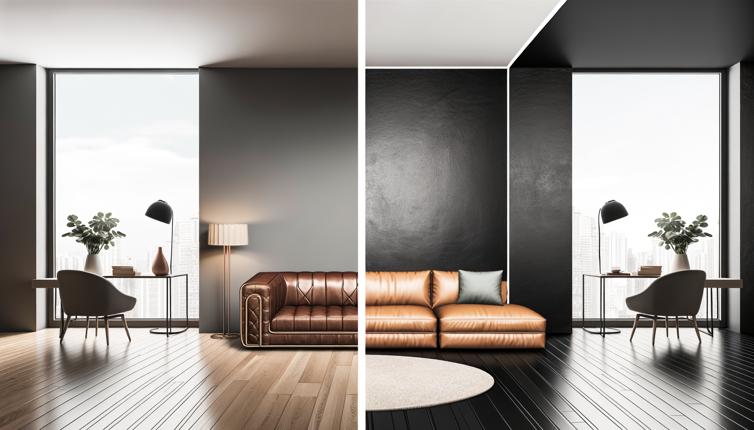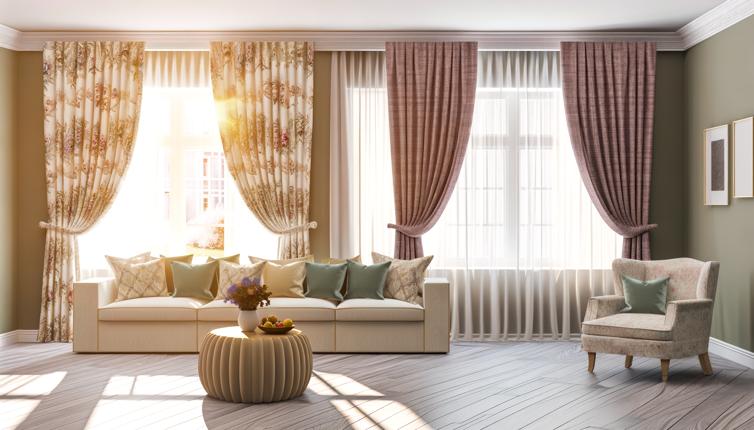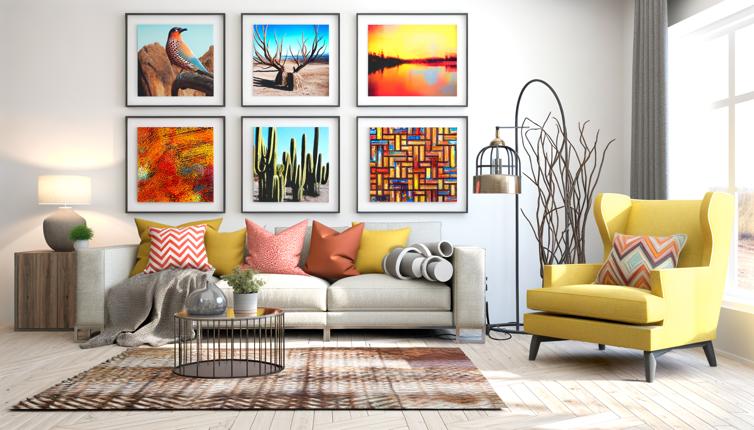1. Determine Your Needs and Space
Before you start shopping for a sofa, take some time to evaluate your needs and the available space in your living room.,- Consider how many people will regularly use the sofa. This will help you determine the size and seating capacity you require.,- Measure the dimensions of your living room to ensure the sofa fits comfortably without overwhelming the space.,- Take note of any architectural features, such as windows or doors, that may affect the placement and size of the sofa.,By understanding your needs and space constraints, you can narrow down your options and make a more informed decision.
2. Choose the Right Size
When it comes to sofas, size matters. A sofa that is too small can look out of place and provide inadequate seating, while a sofa that is too large can dominate the room and make it feel cramped.,- Consider the number of people who will regularly use the sofa and choose a size that provides enough seating for everyone.,- Think about the scale of your living room. If you have a large, open space, a larger sofa may be appropriate. In a small room, a compact sofa or a sectional with a chaise may be a better choice.,- Don't forget about the other furniture in the room. Ensure that the sofa is proportionate to other pieces, such as coffee tables and side tables.,By selecting the right size sofa, you can create a balanced and functional living room.
3. Consider the Style and Design
The style and design of the sofa can greatly impact the overall aesthetic of your living room. Consider the following factors when making your decision:,- Choose a style that complements the existing decor in your living room. Whether your space is modern, traditional, or eclectic, there are sofas available in a variety of styles to suit your taste.,- Pay attention to the shape and silhouette of the sofa. For a contemporary look, opt for clean lines and minimal detailing. If you prefer a more traditional feel, choose a sofa with classic features, such as rolled arms and tufted upholstery.,- Consider the color and fabric of the sofa. Neutral colors are versatile and can easily be paired with different accent pillows and throws. If you want to make a bold statement, consider a vibrant color or a patterned fabric.,By choosing a sofa that matches your style and design preferences, you can create a cohesive and visually appealing living room.
4. Test for Comfort and Durability
A sofa should not only look good but also provide comfort and durability. Here are some factors to consider when assessing the comfort and durability of a sofa:,- Sit on the sofa and test its comfort. Pay attention to the cushioning and support provided. A sofa with high-quality foam or down-filled cushions is likely to be more comfortable and maintain its shape over time.,- Check the frame of the sofa. Look for a sturdy construction made from materials such as hardwood or metal.,- Examine the upholstery fabric. Choose a fabric that is both durable and easy to clean. Consider factors such as stain resistance, pet-friendliness, and colorfastness.,- Read reviews and ask for recommendations to determine the durability of a specific sofa brand or model.,By prioritizing comfort and durability, you can ensure that your sofa will provide years of enjoyment.
Conclusion
Selecting the right sofa for your living room is a decision that should not be taken lightly. By considering factors such as size, style, comfort, and durability, you can find a sofa that meets your needs and enhances the overall aesthetic of your living space. Remember to take the time to test different options and gather information before making a final decision. With this comprehensive guide, you are now equipped to choose the perfect sofa for your living room.









